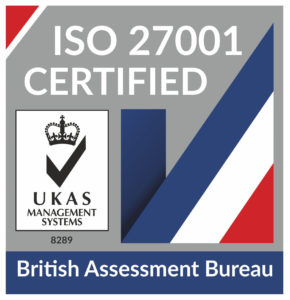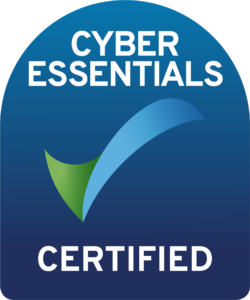
HaloITSM Guides
Documentation to assist with the setup and configuration of the HaloITSM platform
General Procedure for Integrating with an RMM
In this guide we will cover:
- Connecting via the API
- Mappings
- Custom Fields
- Trouble Shooting Using the Developer Tools
- Ticket Type
- Email Rule
The commonly used RMM's will have detailed guides of how to integrate with Halo. This below guide goes over the general procedure for integrating with any RMM tool.
There must be a connection between the RMM and Halo, this is usually in the form of an API Key. So you will connect to the RMM from the integration page on Halo, whether you are connecting to Ninja, Datto, N-Able N-Central, etc... This will include a token/ secret for authenticating the connection. Once connected on both sides, the next step is to set up the mappings. The procedure for i.e. NinjaOne is to generate an API Key which creates a Key and a secret.
Fig 1. Generating an API Key on Ninja
Note: It is vital to make sure you copy down the secret key as it will only be visible for a limited amount of time.
Connecting to Halo
Then going back over to Halo, the connection between the applications can be made by inputting the ID (API Key) and secret from the RMM into Halo on the integrations page.
Note: It is important to make sure the module for the integration has been enabled by clicking on the plus sign shown below, this applies to all integrations, not just RMM's
Fig 2. Enabling The Module
Mappings
To allow the assets in halo to sync with assets in the RMM, we must map the customers/ sites/ assets in Halo to the customer/ site/ assets in the RMM (some RMM's do not include customer mappings). If the name of the customer in the RMM is different from the name in Halo, then the field chosen to match on will have to be different as it must be a uniquely identifying field that is the same value across Halo and the chosen RMM.
Fig 3. Importing Assets
Asset matching, before achieving the mapping of customers make sure to import customers before mapping the assets to that customer, or else all of the assets will end up in the unknown customer. Assets can be mapped directly to customers because it is a field on the asset import spreadsheet. To navigate to the import assets button, go to Configuration > Asset Management > General Settings and scroll to the very bottom. To get the sample spreadsheets when importing, the "Download Samples" button on the top left of the import screen can be used to download the asset import file along with many other import files
Note: This sample import folder only needs to be downloaded once and then it will be available for all different types of imports.
Fig 4. Download Samples Link
The layout of the import spreadsheet for assets is shown below:
Fig 5. Import Assets Spreadsheet
Custom fields on Halo can be added to this by using the convention $CFvariablename so a custom field named CF3rdparty, would appear on the spreadsheet as $CF3rdparty.
If there is a certain field you are looking for to import, it can be found by using the developer tools on your browser by clicking Fn + F12 (If on a windows machine) or on Mac go into Safari's preferences (Safari Menu > Preferences) and select the Advanced Tab. Then the shortcut is Option + ⌘ + C (On Mac). Furthermore the data types on the spreadsheet need to be correct in order for the input to work, if it is a date in the input it should be a defined date time data type on the spreadsheet (The date field will vary depending on the area of Halo). If there are errors when importing, it is best to run the development tools whilst importing to see if an error is being displayed on the API, this is very useful for detecting data type errors on spreadsheets. Check the response tab to see what the response from the API was and check the payload tab to see what changes have been made on the screen.
Further Configuration
Default asset group for assets, all assets must have certain types, all types must have certain groups. RMM’s can create new asset types, those options specify which group those assets are within. Field mapping table, if you don’t map a field the data wont be imported, if you match a field you must make sure the field is on the respective asset type or the asset wont be displayed.
Default site for new assets, this is the site new assets will exist within if assets have not been imported. Some RMM’s in more recent times have asset type mappings, either have one table as all of the fields to match, but some RMM’s such as IT Glue and ConnectWise RMM have an additional layer where you map asset types then a modal window pops open where you map fields per asset type.
The alert ticket type should be selected as the default as this is to show assets on the ticket. Make sure to choose the correct email rule type if it is an alert that is pulled in via email, i.e. if it is a ninja alert, make sure to choose the correct email rue type and that the email comes from the mailbox from ninja i.e. alert@ninja.com
Popular Guides
- Asset Import - CSV/XLS/Spreadsheet Method
- Call Management in Halo
- Creating a New Application for API Connections
- Creating Agents and Editing Agent Details
- Departments and Teams
- Halo Integrator
- Importing Data
- Multiple New Portals with different branding for one customer [Hosted]
- NHServer Deprecation User Guide
- Organisation Basics
- Organising Teams of Agents
- Step-by-Step Configuration Walk Through



